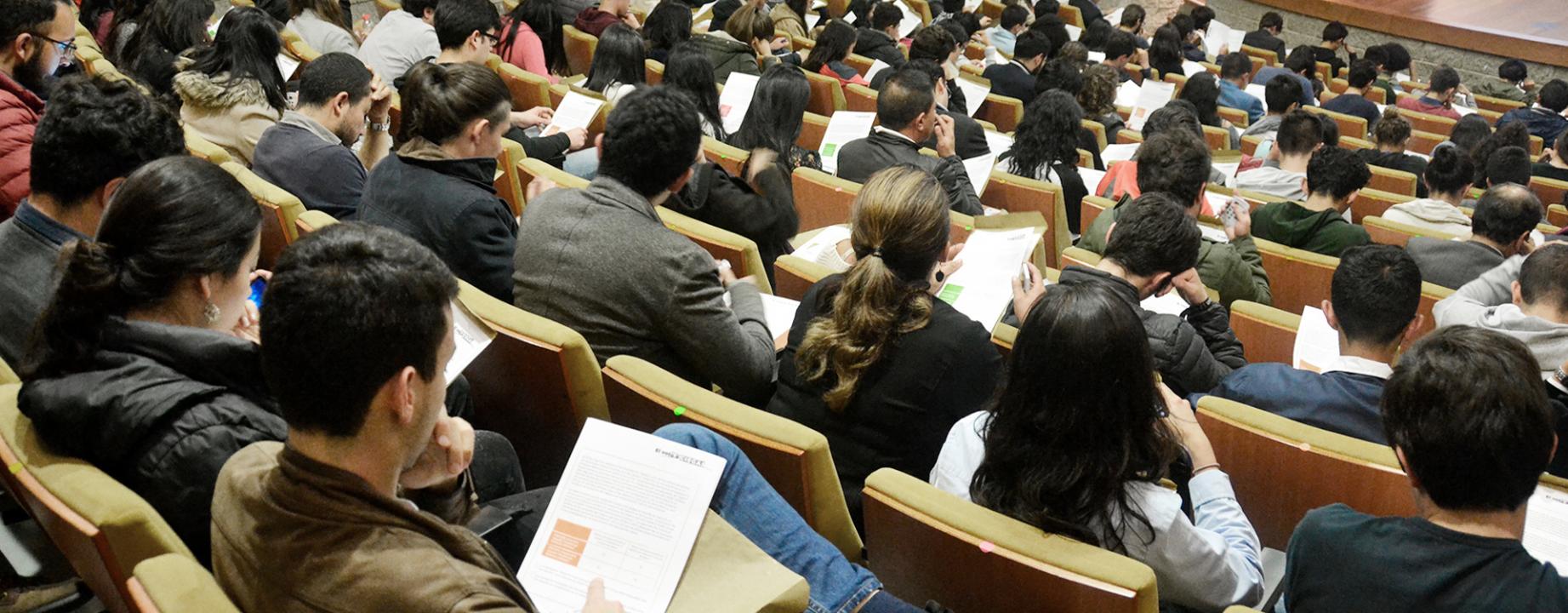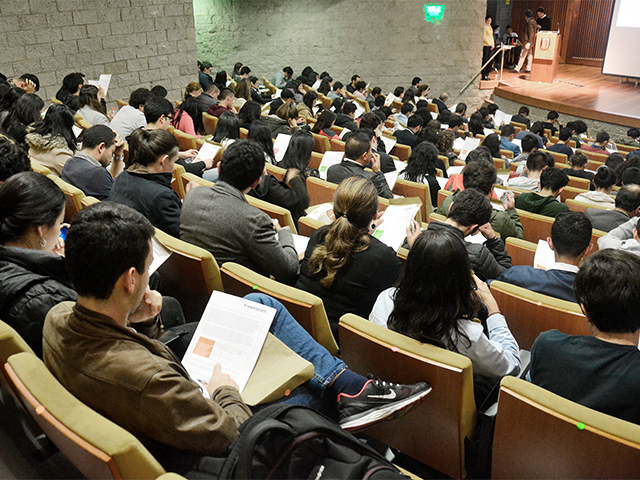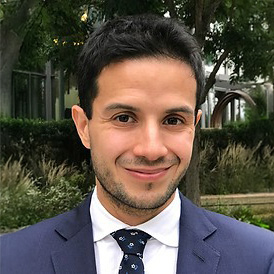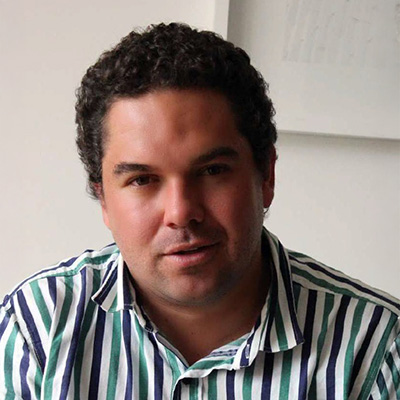Ver agenda Facultad de Economía | Ver en Google
Martes 13 de enero | 12:30 p.m.
Por confirmar
Presenta: Antonia Vazquez
Miércoles 14 de enero | 12:30 p.m.
Por confirmar
Presenta: Natalia Pia Guerrero Trinidad
Jueves 15 de enero | 12:30 p.m.
Por confirmar
Presenta: Giselle Labrador-Badia
Viernes 16 de enero | 12:30 p.m.
Por confirmar
Presenta: Matteo Ruzzante
Martes 20 de enero | 12:30 p.m.
Por confirmar
Presenta: Javier González
Viernes 23 de enero | 12:30 p.m.
Por confirmar
Presenta: Alfredo Mendoza Fernández
Martes 27 de enero | 12:30 p.m.
Por confirmar
Presenta: Paula Donaldson
Jueves 29 de enero | 12:30 p.m.
Por confirmar
Presenta: Juliana Gamboa Arbelaez
Viernes 30 de enero | 12:30 p.m.
Por confirmar
Presenta: Katarina Kuske
Martes 3 de febrero | 12:30 p.m.
Por confirmar
Presenta: Isabel Di Tella
Jueves 19 de febrero | 12:30 p.m.
Por confirmar
Presenta: Michele Di Maio
Jueves 26 de febrero | 12:30 p.m.
Por confirmar
Presenta: Andrés Ham - Universidad de los Andes
Jueves 5 de marzo | 12:30 p.m.
Por confirmar
Presenta: Rachid Laajaj - Universidad de los Andes
Jueves 12 de marzo | 12:30 p.m.
Por confirmar
Presenta: Rakesh Vohra
Jueves 26 de marzo | 12:30 p.m.
Por confirmar
Presenta: Miguel Espinosa
Jueves 16 de abril | 12:30 p.m.
Por confirmar
Presenta: Sebastián Montaño - Universidad de los Andes
Jueves 23 de abril | 12:30 p.m.
Por confirmar
Presenta: Oscar Becerra - Universidad de los Andes
Jueves 30 de abril | 12:30 p.m.
Por confirmar
Presenta: Ursula Mello
Jueves 21 de mayo | 12:30 p.m.
Por confirmar
Presenta: Juan Escobar















